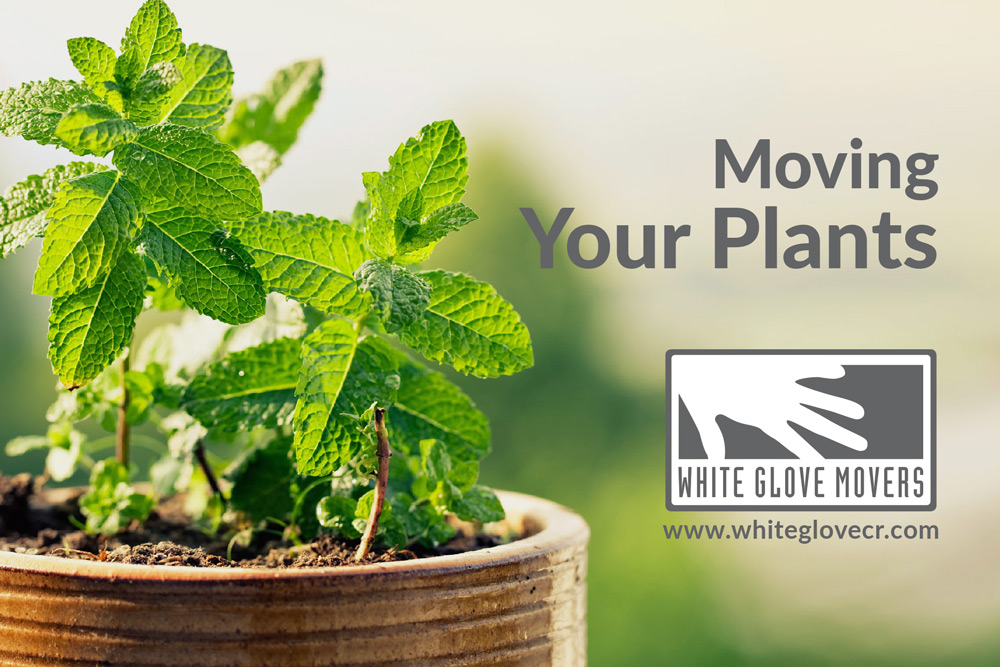When moving we know we must carefully pack our dishes, heirloom pieces and our collections of decorative plates, precious moments figurines or mementos from our travels. We choose sturdier boxes and make sure we have enough newspaper or bubble wrap to ensure the safety of our possessions, but what about things like plants?
Prepping plants for your move
Avoid tipping
Are you moving from one side of town to the other? This only requires a box large enough to comfortably hold a few of your ferns or succulents. You’ll want to make sure not to pack them too tightly, it will make removal difficult, but also to be sure to use an appropriately sized box for the job. If you have several window-sill size plants, find a flat style box. If you have a medium-sized terracotta pot, look for a paper box and be sure to put some extra padding between them.
For taller plants that need to be on their side to move, get some moss to put on the top of the soil. This will help keep the soil in the pot, which is the goal. Next: plastic. Plastic bags large enough to cover the entire pot and go up the stem. A garbage bag works well for this. Tie it around the base of the stem to close it off and load it for transport.
Moving your plants in the winter?
We want to keep our plants from feeling the effects of the cold. Indoor plants can be a little more sensitive and even seconds in the cold could do damage. If you have an attached garage the concern is less, just make sure the garage door is closed and load them in the car. If this isn’t an option, then be sure to wrap your plants. You can use newspaper, plastic or sheets. The idea is to keep the leaves protected and limit the time in the elements.
Long distance move
Moving our plants cross country is a little more involved than just wrapping them and keeping them upright. If your move means spending days in the car, treat them like you would a pet. They need water and consistent a temperature. If it’s possible to take them into your hotel at night, that would be best, otherwise be sure to get them plenty of water during the trip. Extreme heat and cold can be just as damaging as not watering. If you see your plants starting to wilt, check the soil and the temp. Adjust accordingly. If they are left in the car for an hour or more, and it’s hot out, crack the windows and give them water.
If moving to cross-country, it is a good idea to check with your new state’s Department of Natural Resources to make sure you can bring your plant with you. There could be an agricultural or environmental effect of the plant itself or the soil. And because plants are considered perishable, a moving company may not be able to transport your indoor garden.Load your plants last
Load your plants last
Plants are living, breathing things and do not do well if they are the first item loaded and the last item to arrive in the new house. Allow them space to breathe.

